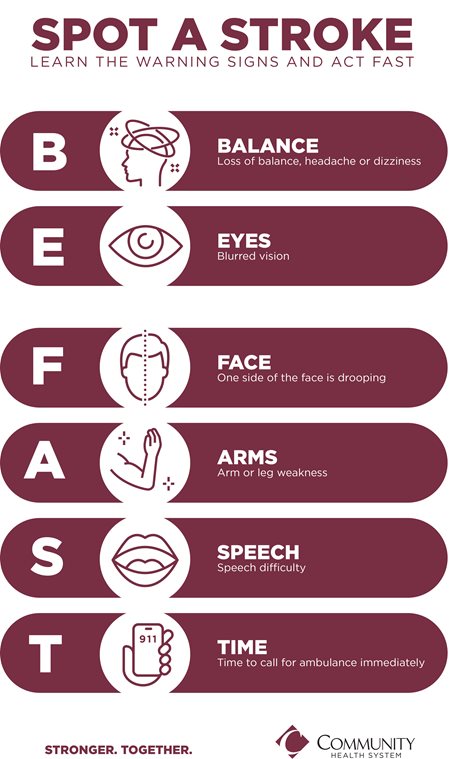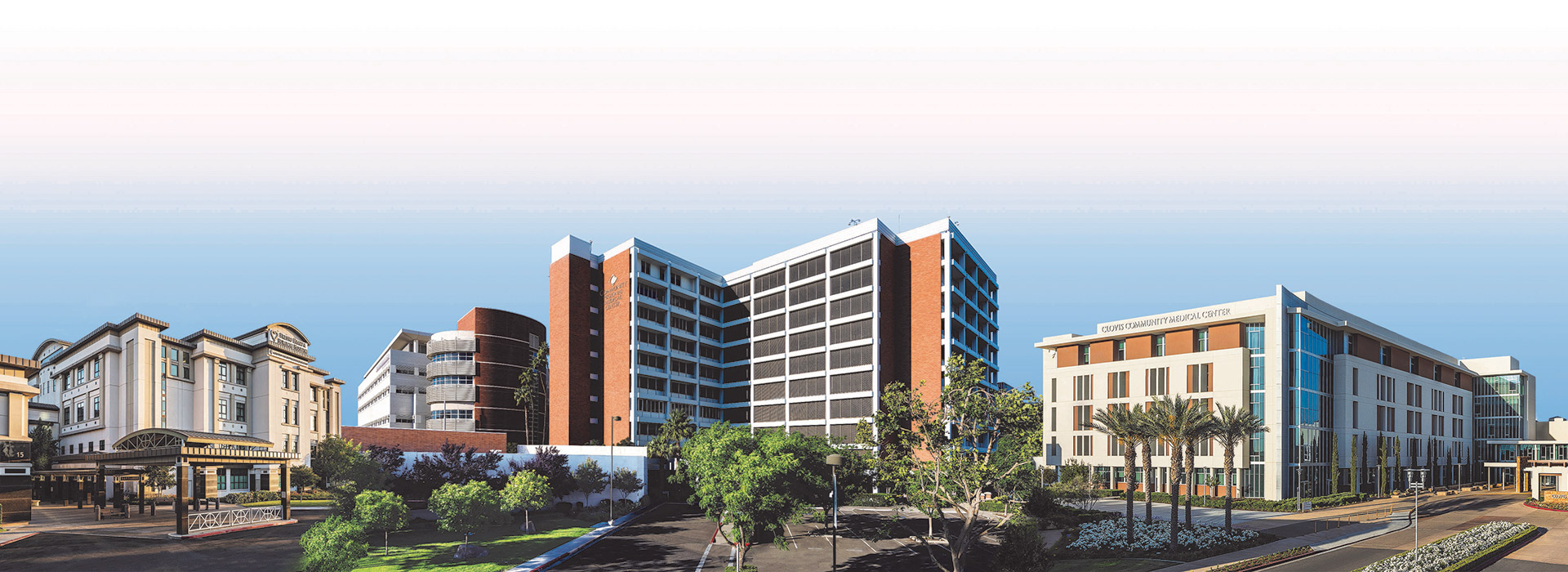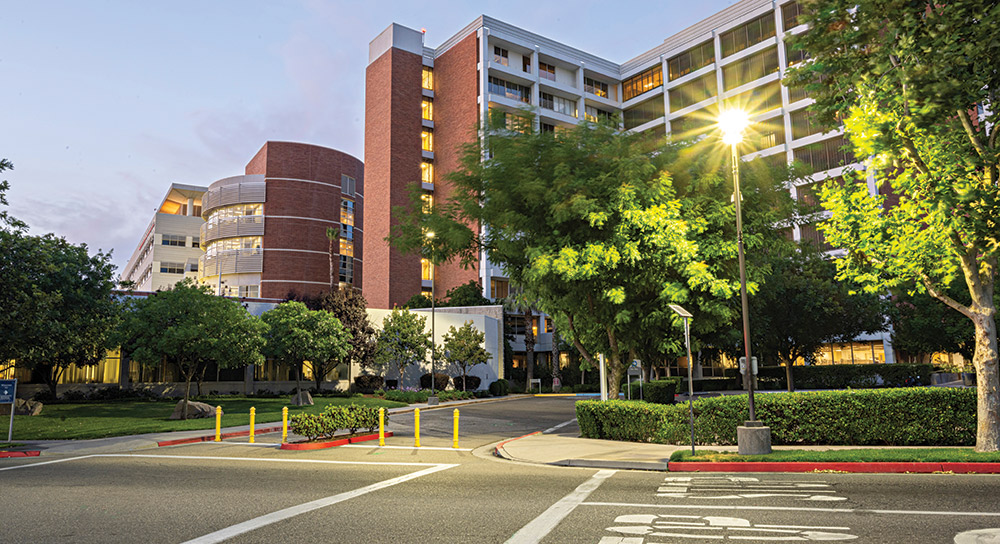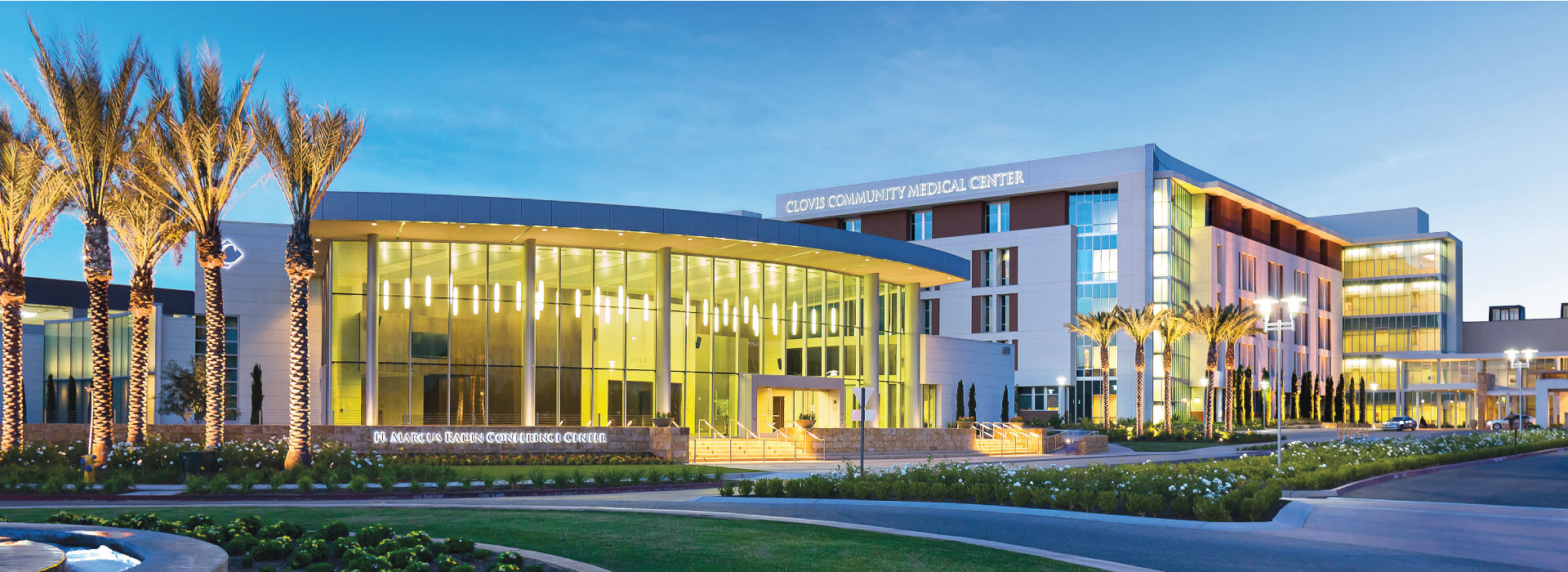Dr. Warwick leads a team of specialists at Community Regional Medical Center, which recently earned the Gold Seal of Approval ™ from the Joint Commission for Primary Stroke Centers.
“Community Regional Medical Center demonstrated that its stroke care program follows national standards and guidelines that can significantly improve outcomes for stroke patients,” says Jean E. Range, The Joint Commission’s executive director for disease-specific care certification.
A stroke, or “brain attack,” occurs when a blood clot blocks an artery or a blood vessel breaks, stopping blood flow to an area of the brain. When brain cells die during a stroke, abilities (speech, movement, memory) controlled by that area of the brain are lost.
With May’s designation as “Stroke Awareness Month,” MedWatchToday.com got the chance to sit down with Dr. Warwick, medical director of Community Regional’s stroke program and assistant clinical professor of neurology for UCSF Fresno, to discuss stroke care:
Do people in America today take stroke as seriously as they should?
Unfortunately they do not. Every three minutes in the United States someone will suffer a stroke. It is the third leading cause of death and the leading cause of adult disability, yet most people cannot tell you what a stroke is or what causes it. The majority of patients cannot tell you the signs or symptoms of a stroke or what to do if you are having one. What we are seeing is that people do not become interested until they or a loved one are affected personally.
 The goal of May’s stroke awareness campaign is to reduce the incidence and impact of stroke. How will raising awareness bring that type of result?
The goal of May’s stroke awareness campaign is to reduce the incidence and impact of stroke. How will raising awareness bring that type of result?
By increasing the public's knowledge about the signs and symptoms of stroke as well as issues revolving around stroke prevention, we can decrease morbidity and mortality because people will seek help sooner in the event they are having a stroke. So many times people will go to bed or wait to see if symptoms will resolve on their own – by the time they go to the hospital it is too late to offer them the care they need.
Why is it so important to act fast if you or a loved one show stroke symptoms?
The FDA has approved just one drug for the acute treatment of stroke – it is called tPA. It is a strong blood thinner that many refer to as the "clot buster." For some people having an acute stroke, tPA is a great treatment option that can decrease their long-term disability. The problem with tPA is that it can only be given within three hours from the time of symptom onset, so time is of the essense. Time lost is brain lost.
What are the symptoms to watch for, and what should someone do if they notice these symptoms?
At Community Regional Medical Center we teach the easy acronym "FAST" for the signs and symptoms of stroke:
Face: Look in the mirror to see if your smile is uneven.
Arms: Try to raise your arms.
Speech: Are your words slurred or are you unable to repeat a phrase?
Time: Time is critical. Get to the hospital immediately
Community Regional Medical Center was just awarded the Gold Seal in stroke care by The Joint Commission. What does that mean for patients in the Valley?
This means that patients of the Central Valley now have access to the most up-to-date, state-of-the-art stroke care. We are the only certified stroke center between the Bay Area and Bakersfield.
Do you see patients who ignore early signs and symptoms, where you know you could have helped them more if they would have come in earlier?
Without question. Many people will develop symptoms and think they are just tired or under stress. They will lie down to take a nap only to wake up hours later with much more serious symptoms. At that point it is almost always too late to give them the clot busting drug they would have otherwise been a candidate for.
How are strokes treated once a patient arrives at Community Regional until the time he/she goes home?
From the time a patient arrives in the emergency department until the time they are discharged to home or rehabilitation, they are treated by a team of specialists dedicated to the care of stroke patients. This team consists of internists, neurologists, neurosurgeons, a neurointerventionalist, neuroradiologists, cardiologists, physical therapy, occupational therapy, speech therapy and stroke certified nurses. Patients undergo a series of tests to try and establish the cause of the stroke and the team works to come up with a treatment plan that can decrease the risk of future stroke.





.jpg?ext=.jpg)
.jpg)